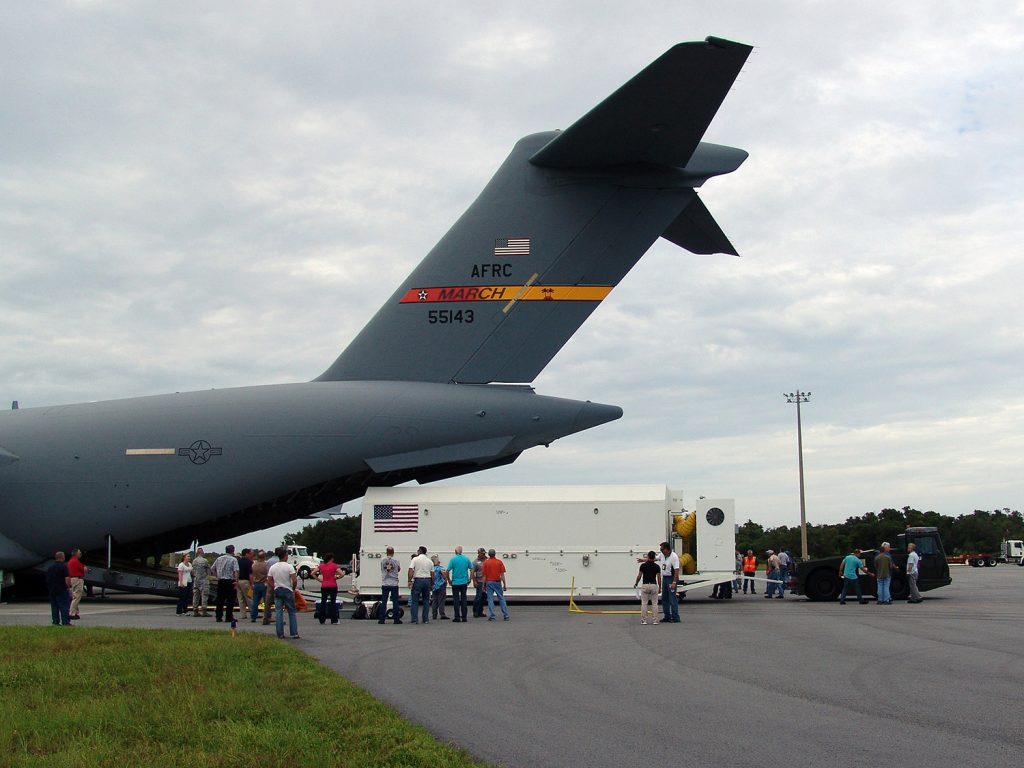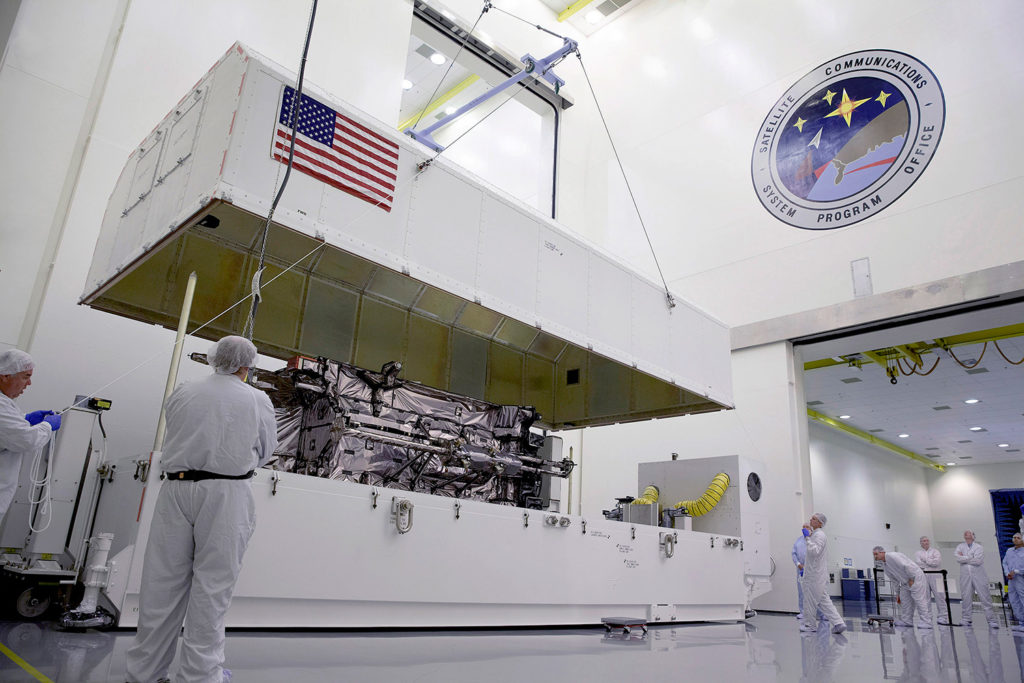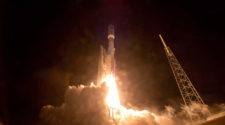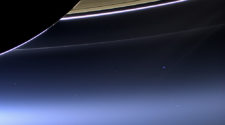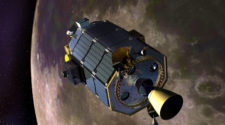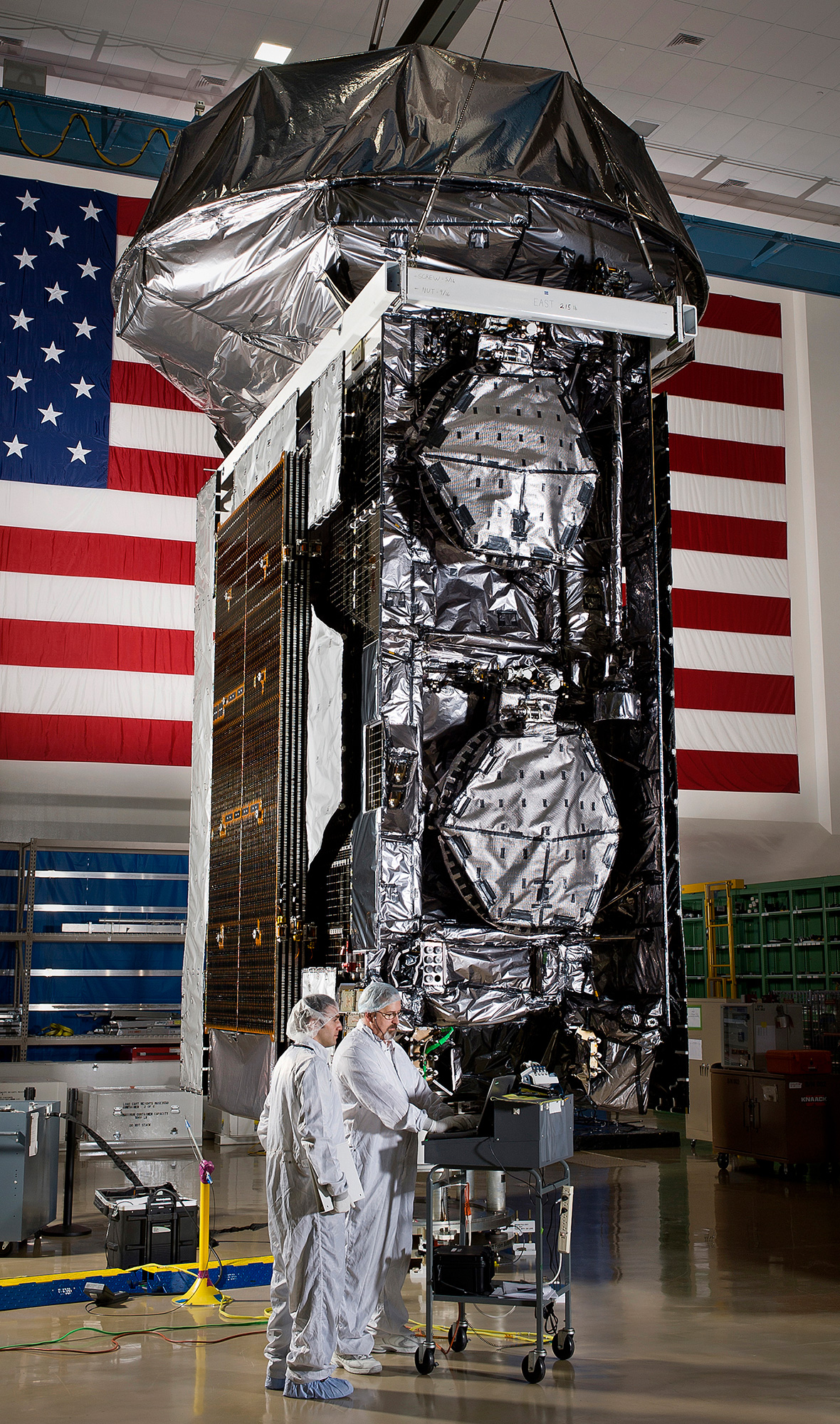
One half of the formula was Glenn L. Martin. Motivated by flight legend Orville Wright to bring his groundbreaking idea for a new aircraft design to life, he found a church and used it as a garage to build his creation. Destiny started brewing four months later, when brothers Allan and Malcolm Lockheed created Alco-Hydro Aeroplane Company, later renamed Lockheed Aircraft Company. This determined and forward thinking trio of men collaborated intermittently through the years, and in 1995, the company was officially deemed Lockheed Martin. Some of its current and next -generation projects include the NASA family of Great Observatories, MUOS (Mobile User Objective System) secure communications satellite, and GPS (Global Positioning System) technology.
Two components of the NASA family of Great Observatories – the Hubble and Spitzer telescopes – were built, integrated and operated by Lockheed Martin. Their combined observations over the years have produced a number of fascinating images that take us back in time to show us some of the earliest galaxies in the universe, galaxies in all stages of development, and the births and deaths of many stars and planets.
According to Buddy Nelson of Lockheed Martin, “The Hubble Space Telescope (HST) was launched in 1990 and observes the universe in multiple wavelengths; from infrared through visible light and into the ultraviolet region of the spectrum. HST has imaged some of the earliest galaxies formed after the Big Bang and defined the limits of their age, learned how they came to be, and observed stars in the last stages of their lives. HST has also found that almost all galaxies with bright, active centers have supermassive black holes feeding off the galaxy’s matter. Stars and planetary systems in the making, planets around distant stars, and the destructive power of cosmic impacts have also been witnessed by this amazing telescope.
“Launched in 2003, the Spitzer Space Telescope views the universe in infrared light, which is largely blocked by the Earth’s atmosphere. With Spitzer, astronomers have determined that Earth-like planets form around many, if not most of the nearby Sun-like stars in our galaxy, suggesting that the potential for life might be more common than previously thought. In looking at our own galaxy – the Milky Way galaxy – the observatory has given astronomers valuable insights by revealing where new stars are forming. In addition, the infrared eyes of Spitzer are ideal for studying distant planet forming disks, and characterizing planets beyond our Solar System.”
The images these telescopes have produced over the years display the beauty and power our universe possesses. Hubble and Spitzer both remain in operation, continuing to watch the sky and make exciting new discoveries.
Lockheed Martin is also heavily involved in operations on the ground. On the morning of July 19th, 2013, an Atlas V in the 551 configuration stood on the launchpad at Cape Canaveral Air Force Station in Florida, topped by a capsule packed tightly with the second Mobile User Objective System (MUOS-2) payload.. The heaviest Atlas V payload to date punched through the low, dark cloud ceiling and successfully placed MUOS-2 into orbit. The MUOS secure communications satellites– which will reside in geosynchronous orbit 22,000 miles above Earth – will replace the Ultra High Frequency (UHF) Follow-On system.
The entire geosynchronous constellation at completion will consist of four satellites, plus one in-orbit spare. They are expected to be fully operational by 2015, and are projected to extend Ultra High Frequency (UHF) narrowband communications availability far beyond 2025. The first MUOS satellite was launched in 2012. It has been providing secure voice, video, and data connections to mobile users.
Following the Atlas V launch, a C-17 aircraft touched down on the runway at Cape Canaveral Air Force Station, carrying the GPS III Non-Flight Satellite Testbed (GNST) – a fully functional, full-sized prototype of the next generation GPS (Global Positioning System). It was conducting a “dress rehearsal” to test the pre-launch processing activities that the first GPS III flight space vehicle (SV 01) will endure.
The “dress rehearsal” started at Lockheed Martin’s GPS III Processing Facility in Denver, Colorado, where the GNST went through production and testing. It was packed onto the Air Force C-17 aircraft from Buckley Air Force Base and put through a dry run of the flight activities. The offloading of the satellite from the plane that took place that afternoon is another step in process.
The start-to-finish dry run is how the Air Force discovers the the strengths and weaknesses in the procedures they have in place, so that any risks taken are with the prototype instead of the real thing.
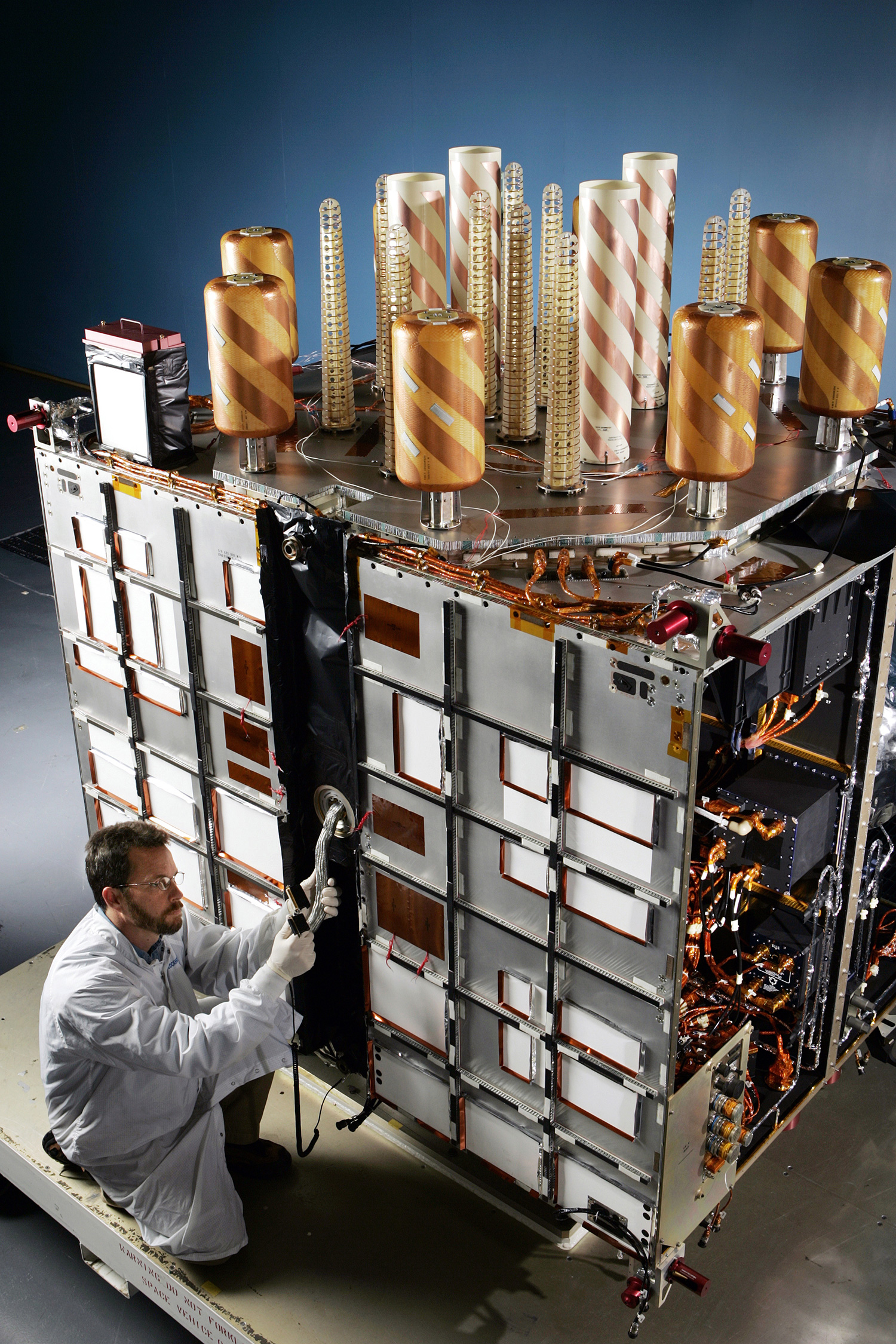
Vice President for Lockheed Martin’s Navigation Systems mission area, Dr. Keoki Jackson explained, “All future GPS III satellites will follow this same path, so the GNST was a smart initiative to help us discover and resolve any issues in advance, implement production efficiencies, and ultimately save a tremendous amount of time and money in the long run.”
This successful deployment of this constellation of satellites is critical for the Air Force. Military personnel and civilians use GPS navigation constantly – in fact, it is nearly impossible for anyone to go through an entire day without somehow using this technology. The simplest example is on your cell phone – a device that has become like an artificial body part for many people – where time is synchronized across all networks, despite the carrier. GPS technology makes that happen.
The GPS system that is currently in operation reached its goals in 1995 – which is incredibly outdated considering the speed at which we have advanced technologically.
GPS III is a significant program for the Air Force, as it will replace these aging satellites and strengthen their ability to meet the growing demands of military, commercial and civilian users. Accuracy of the satellites will be three times greater and they will include enhancements that extend the life of the spacecraft 25% further than that of their predecessors
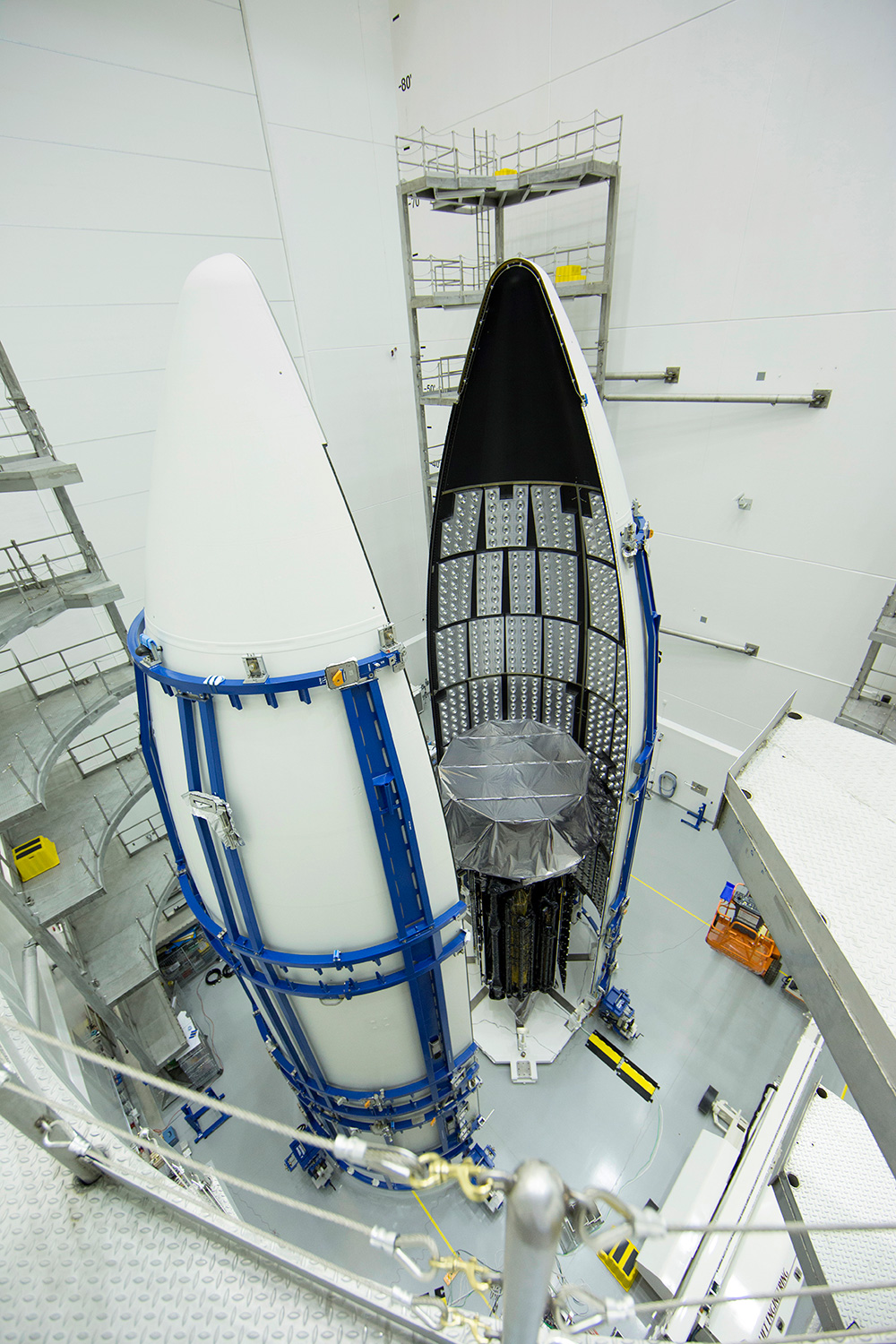
In order to fully comprehend the significant impact this constellation of satellites has on our daily activities, let’s take a look at what would happen if the current GPS satellites ceased to exist with no replacement. Take into consideration this fact: our global infrastructure is dependent on GPS technology – without it, we would crumble. It is a necessity and our world is entirely dependent on it to function properly. Not only is it relied on by a plethora of different networks for communications, it is also used by systems you may not even know about, such as ATM machines.You will find it rooted in nearly every U.S. military asset you can think of that keeps our armed forces safe and effective. Increased productivity is boosted over an enormous fraction of our economy; from aviation, roads and highways, and surveying – to industries that may not seem as obvious -like farming, mining, and construction industries.
Lockheed Martin is currently contracted to produce the first four satellites in the GPS III constellation (SV 01-04), and has received procurement funding for long-lead components for the fifth, sixth, seventh and eighth satellites (SV 05-08). Lockheed Martin is the prime contractor on the project, and the Global Positioning Systems Directorate at the U.S. Air Force Space and Missile Systems Center leads the GPS III team.
Today, Lockheed Martin has grown into a company that employs around 118,000 people around the globe. It continues to stand out amongst its competitors, as it has been the brains behind many indispensable projects. This legacy the Lockheed brothers and Glenn L. Martin set in motion so many years ago, is alive and blossoming. It is hard to comprehend that it came from such humble beginnings when it has turned into a dominant player in this industry.
For more information about Lockheed Martin, visit their website at www.lockheedmartin.com.

